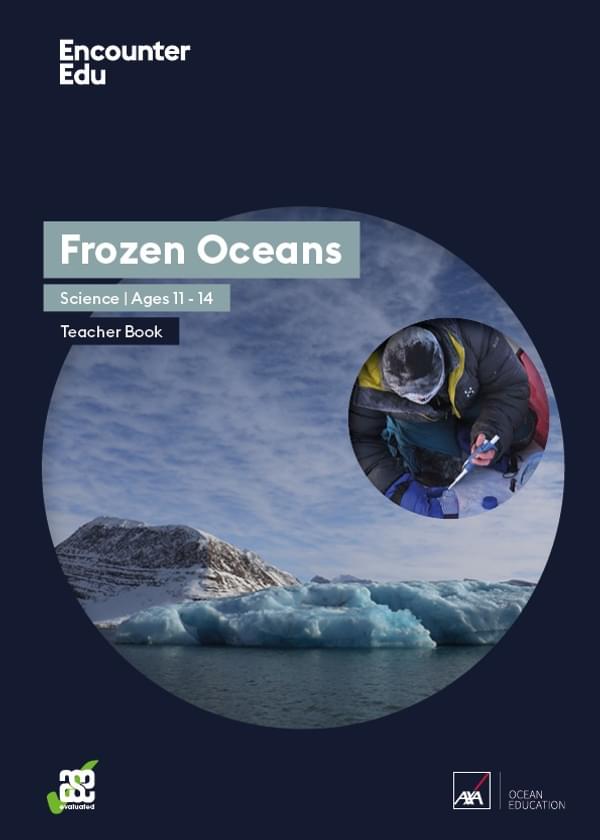Ocean circulation demo

This demonstration will help you understand that the ocean is not like a swimming pool where the water is stationary, but more like a river with deep currents. You will be able to see how different types and densities of water behave and how this behaviour drives the whole system of ocean circulation.
Ages 8+
15 minutes
(45 minutes preparation)
Ocean circulation relies on different densities of water falling and rising. The density of water is affected by salinity and temperature. With this demonstration, you can understand how the ocean behaves more like a river with deep currents.
Activity preparation
Standard seawater (no color)
- 2 litres of water at room temperature.
- Create the brine by dissolving 32 grams of salt per litre of tap water.
Gulf Stream seawater (Red)
- 0.2 litres of warm water with red food dye and kept in a thermos.
- Create the brine by dissolving 32 grams of salt per litre of tap water.
Arctic seawater (Blue)
- 0.2 litres of cold water with blue food dye and kept in the fridge (4°C).
- Create the brine by dissolving 64 grams of salt per litre of tap water.
Ice sheet meltwater (Green)
- 0.2 litres of ‘ice sheet meltwater’ with green food dye and kept in the fridge (4°C).
- Add no salt.
Activity steps
- Fill the container halfway with up to 2 litres of the undyed ‘standard seawater’.
- This is the Arctic Ocean. The system of ocean circulation relies on cold, salty water sinking in the Arctic Ocean.
Gulf Stream seawater
- Take the red-dyed ‘Gulf Stream seawater’.
- The Gulf Stream carries warm water from the Caribbean towards the coast of England.
- Predict how you think this warm ‘Gulf Stream seawater’ will behave. Why?
- Pour the ‘Gulf Stream seawater’ gently down the side of the container.
- Did the ‘Gulf Stream seawater’ behave in the way you predicted?
Arctic Ocean seawater
- Take the blue-dyed ‘Arctic Ocean seawater’.
- The surface waters of the Arctic Ocean are not only cold, but also very salty due to the salt being exuded during sea ice formation.
- How do you think the ‘Arctic Ocean seawater’ will behave? Why?
- Pour the ‘Arctic Ocean seawater’ gently down the side of the container.
- Did the ‘Arctic Ocean seawater’ behave in the way you predicted?
Ice sheet meltwater
- Take the green-dyed ‘ice sheet meltwater’.
- The meltwater from the Greenland ice sheet and other glaciated Arctic regions, although cold is made from freshwater rather than salty seawater.
- How do you think the ‘Ice sheet meltwater’ will behave? Why?
- Pour the ‘ice sheet meltwater’ gently down the side of the container.
- Did the ‘ice sheet meltwater’ behave in the way you predicted?
Safety guidance
- Do not drink dyed water.
- Report any spills to an adult.
Brought to you by


